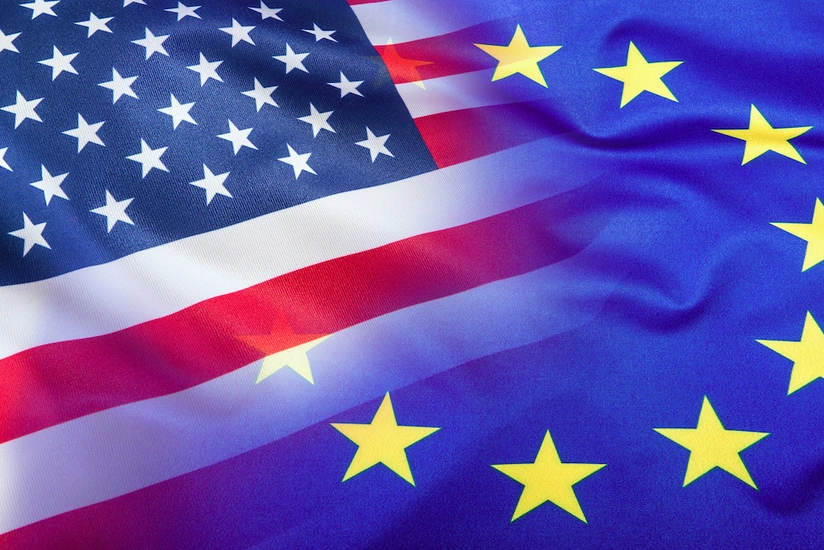US, EU to launch joint initiative to reduce methane emissions
- 19 September, 2021
- 06:17

The European Union and the United States announced on Sept. 18 the Global Methane Pledge, an initiative to reduce global methane emissions to be launched at the UN Climate Change Conference (COP 26) in November in Glasgow, Report informs, citing the European Commission.
President Biden and European Commission President Ursula von der Leyen urged countries at the US-led Major Economies Forum on Energy and Climate (MEF) to join the Pledge and welcomed those that have already signaled their support.
Countries joining the Global Methane Pledge commit to a collective goal of reducing global methane emissions by at least 30 percent from 2020 levels by 2030 and moving towards using best available inventory methodologies to quantify methane emissions, with a particular focus on high emission sources. Delivering on the Pledge would reduce global warming by at least 0.2 degrees Celsius by 2050.
Countries have widely varying methane emissions profiles and reduction potential, but all can contribute to achieving the collective global goal through additional domestic methane reduction and international cooperative actions, the commission said.
According to the Global Methane Assessment from the Climate and Clean Air Coalition (CCAC) and the United Nations Environmental Programme (UNEP), achieving the 2030 goal can prevent over 200,000 premature deaths, hundreds of thousands of asthma-related emergency room visits, and over 20 million tons of crop losses a year by 2030 by reducing ground-level ozone pollution caused in part by methane.
Major sources of methane emissions include oil and gas, coal, agriculture, and landfills.
Methane is a potent greenhouse gas and, according to the latest report of the Intergovernmental Panel on Climate Change, accounts for about half of the 1.0 degrees Celsius net rise in global average temperature since the pre-industrial era.
